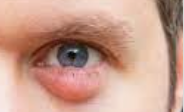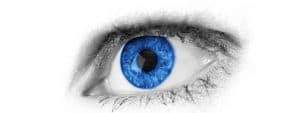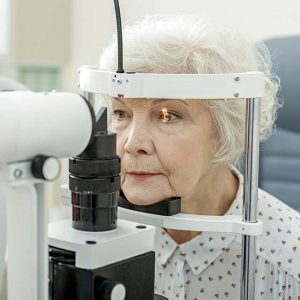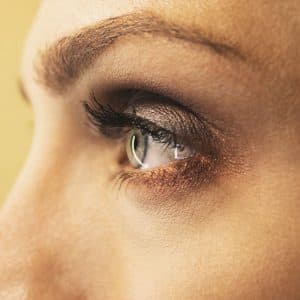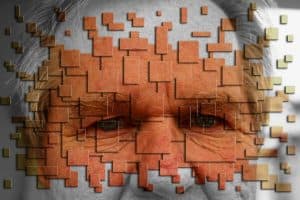Do you have a lump in your eyelid, and not sure what it is?
It could be a chalazion. Luckily, a chalazion isn’t a serious condition and is simple to resolve. A chalazion is not an infection, so it cannot spread from one person to another or even to the other eye of the affected person.
A chalazion is one of the many eye lid conditions and is usually easy to treat and will go away completely following treatment. If non-invasive treatments don’t work, your eye doctor may have to remove it during an in-office surgical procedure.
What is a chalazion?
A chalazion, also known as a meibomian cyst, is a small, fluid-filled cyst.
Meibomian glands, which produce oil to lubricate the eyes’ surface, are found on the eyelids. When one of these glands becomes clogged, it can produce swelling and a tiny, painless lump called a chalazion.
What causes a chalazion?
Although it isn’t always know why the glands of the eyelids become clogged, some people appear to be more prone to developing a chalazion than others.
A chalazion may be associated with dry eye syndrome, which is often caused by meibomian gland dysfunction.
People who exhibit certain risk factors are more likely to develop a chalazion. This includes people who have:
- Conjunctivitis, also known as pink eye
- Blepharitis, an inflammation of the eyelids
- Styes or a history of styes
- Seborrhea, or dandruff, of the eyelashes
- Ocular rosacea, a skin condition adjacent to the eyes
- Thicker oil or meibum than normal consistency
Schedule an appointment with an eye doctor near you who can diagnose and examine your eyelids to treat your chalazion so that you can see comfortably.
SEE RELATED: What Is a Stye?
What are symptoms of a chalazion?
Common symptoms of a chalazion include:
- Red or swollen bump on the eyelid
- Blurry vision
- Sore or painful eyelid
While a chalazion is not an infection, it can become infected. In the rare cases that this happens, it may become painful, red, and more severely swollen.
Since styes and chalazia are both eyelid conditions and similar in appearance, they’re often mistaken for one another.
Is it a chalazion or a stye?
It is often difficult to tell the difference between a chalazion and a stye.
Styes develop along the edge of your eyelid, and sometimes at the base of an eyelash. Whereas, chalazia usually occurs closer to the middle of the eyelid. A stye tends to have a yellowish spot at the center that may burst after a few days.
The most noticeable difference between a chalazion and a stye is that a chalazion tends to be painless while a stye is usually painful and may cause the eye to feel itchy, scratchy or sore.
How to treat a chalazion
Most eyelid conditions require minimal medical treatment, some may need anti-bacterial medication, while others might require an eye doctor to surgically drain the lump.
When a chalazion first appears, try these steps below for 1-2 days:
- Avoid touching the eye and keep the area clean.
- Gently massage the external eyelids for several minutes each day to help promote drainage.
- Apply a warm compress to the eyelid for 10 to 15 minutes, 4 to 6 times a day. The warm compress helps soften the hardened oil that blocks the ducts, allowing drainage and healing.
LEARN MORE: Guide to Eye Conditions
If the chalazion does not resolve and heal within a few days, contact an eye doctor near you. Don’t attempt to pop or squeeze the chalazion, as it may inadvertently cause more damage.

